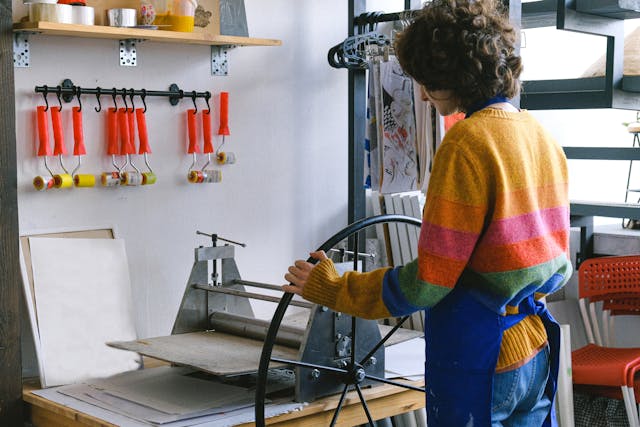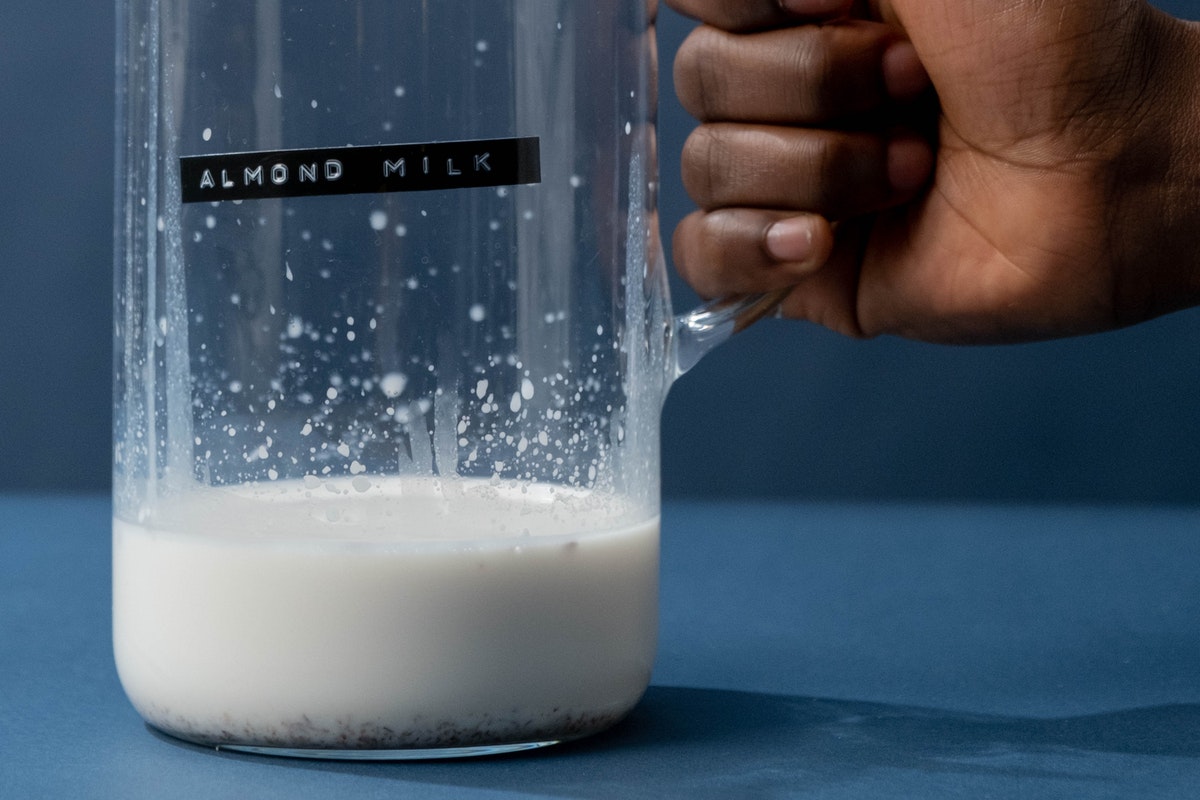In today’s digital age, art printing has become an essential skill for artists looking to showcase their work to a wider audience. Whether you’re a painter, illustrator, or mixed media artist, mastering the art of printing can elevate your creations to new heights. In this comprehensive guide, we’ll walk you through the step-by-step process of mastering art printing, covering essential techniques and tips to ensure your prints do justice to your original artwork.
Capture High-Quality Images:
Before diving into the printing process, the first step is to capture high-quality images of your artwork. Whether you’re using a camera or a scanner, ensure that your equipment is capable of capturing fine details and accurate colors. Optimal lighting conditions are crucial for capturing true-to-life images, so consider natural light or invest in studio lighting setups for consistent results.
- Selecting the Right Equipment:
Investing in quality equipment is key to producing professional-grade art prints. Consider using a DSLR or mirrorless camera with a 50mm prime lens for optimal image quality. A sturdy tripod will help keep your camera stable during the shooting process, minimizing blur and ensuring sharp images. While professional-grade printers like Giclée printers are ideal, outsourcing printing to specialized services is a viable option if you don’t have access to such equipment.
- Editing and Color Correction:
Once you’ve captured your images, it’s time to edit and color-correct them to ensure they accurately represent your original artwork. Software like Adobe Lightroom or Photoshop offers powerful tools for adjusting brightness, contrast, saturation, and color balance. Pay close attention to detail and strive for color accuracy to maintain the integrity of your artwork in the printing process.
- Choosing the Right Printing Method:

When it comes to art printing, selecting the right printing method is crucial. Giclée printing, known for its high-quality and archival properties, is favored by many artists for producing fine art prints. However, other options such as digital printing and screen printing may also be suitable depending on your preferences and budget. Research different printing methods and choose one that best complements your artistic style and vision.
- Printing and Quality Control:
Once you’ve prepared your images and selected a printing method, it’s time to print your artwork. If you’re printing in-house, ensure that your printer is calibrated correctly and use high-quality paper or canvas for optimal results. If outsourcing printing, work with reputable print shops that specialize in art printing and offer quality assurance measures. Request test prints to ensure color accuracy and image quality before proceeding with larger batches.
- Exploring Print-on-Demand Services:
For artists looking for a hassle-free printing solution, print-on-demand services offer a convenient option. These platforms handle printing, packaging, and shipping on your behalf, allowing you to focus on creating art. Research different print-on-demand providers and consider factors such as print quality, pricing, and shipping options before choosing one that aligns with your needs.
- Final Touches and Presentation:
Once your prints are ready, add final touches such as hand-signing and numbering for limited edition prints. Consider framing options to enhance the presentation of your artwork and provide customers with ready-to-display pieces. Take pride in your prints and ensure that each one meets your quality standards before showcasing them to the world.
Artists today have a plethora of options when it comes to making fine art prints from their artwork. Advancements in technology have revolutionized the art printing process, making it more accessible and efficient than ever before.
Let’s delve into the comprehensive guide for mastering art printing, including the latest methods and technology.
High-Quality Imaging:
To start, artists need a high-quality image of their artwork. This can be achieved through scanning or photographing the piece. Scanning provides precise results but requires specialized equipment. Alternatively, photographing artwork has become a popular choice, especially for smaller pieces. Modern cameras, such as mirrorless or DSLR cameras, paired with quality lenses, can capture intricate details with ease.
Advanced Editing Software:
Once the image is captured, editing software like Adobe Lightroom or Photoshop comes into play. These tools allow artists to fine-tune colors, adjust lighting, and correct any imperfections in the artwork. Utilizing these software programs enhances the quality of the final print, ensuring it accurately represents the original piece.
Cutting-Edge Printing Techniques:
Art printing has evolved significantly with the advent of advanced printing techniques. Giclée printing, also known as inkjet printing, has gained popularity among artists for its ability to produce high-resolution prints with exceptional color accuracy and archival quality. This method involves spraying microscopic droplets of ink onto various substrates, such as fine art paper or canvas, resulting in stunning reproductions that closely resemble the original artwork.
Fine Art Drop Shipping Companies:
For artists seeking convenience and efficiency, fine art drop shipping companies offer a hassle-free solution. These companies handle the printing, packaging, and shipping of prints on behalf of the artist. Artists simply upload their digital files to the company’s platform, select their desired print options, and the company takes care of the rest. This approach eliminates the need for artists to invest in printing equipment or manage inventory, allowing them to focus on creating art while the logistics are handled professionally.
Emerging Technologies:
Recent advancements in technology have further revolutionized the art printing landscape. Innovations such as 3D printing and UV printing offer artists new avenues for creative expression. 3D printing allows artists to produce intricate three-dimensional artworks, pushing the boundaries of traditional printing methods. UV printing, on the other hand, utilizes ultraviolet light to instantly cure ink, resulting in vibrant prints on a wide range of materials, including wood, glass, and metal.
Conclusion:
In conclusion, mastering art printing requires a combination of technical skills, artistic vision, and access to the latest technologies. Whether artists choose to invest in their own equipment or leverage the services of professional printing companies, the goal remains the same: to produce high-quality prints that do justice to their original artwork. With the plethora of options available today, artists have the tools they need to bring their creative visions to life through the art of printing.




